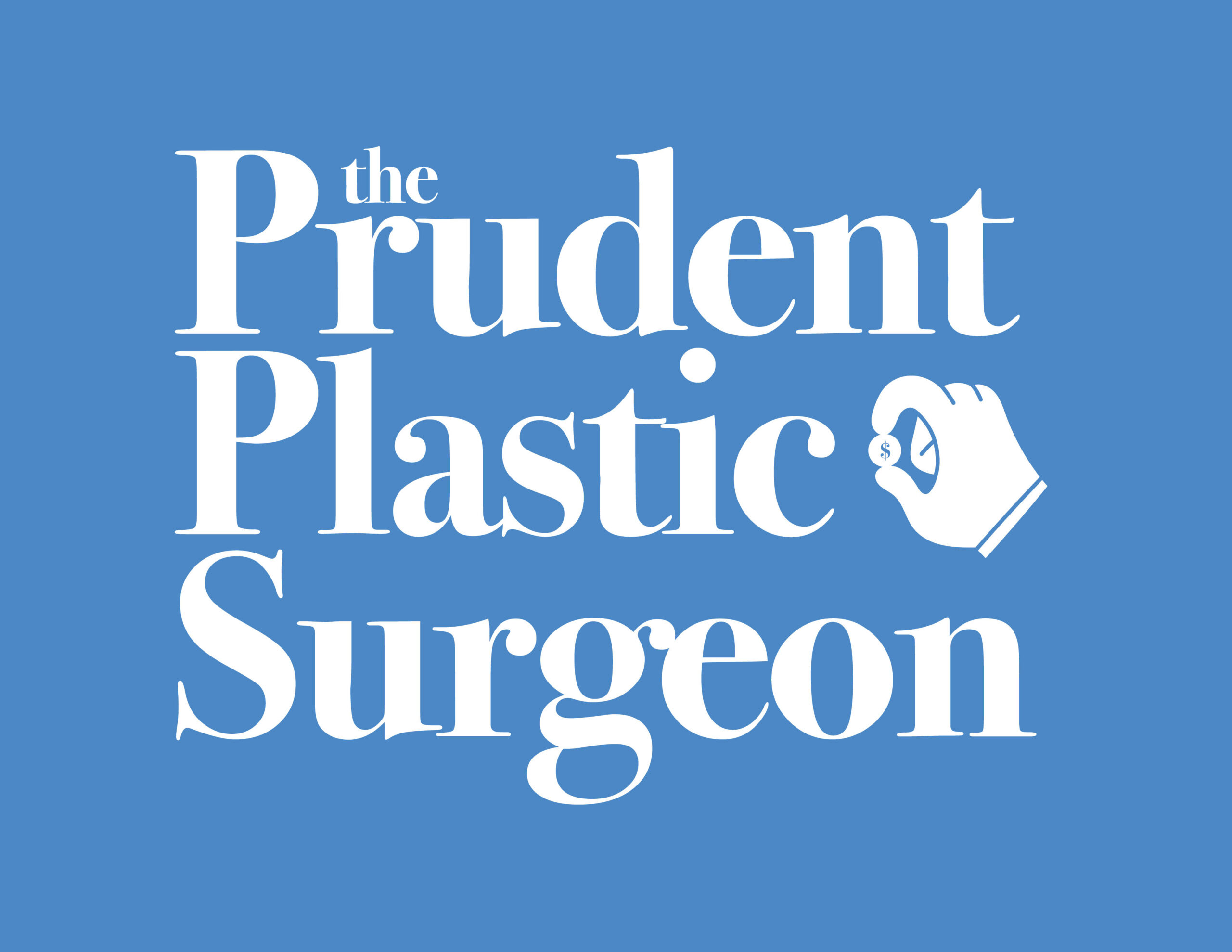The Association of American Medical Colleges (AAMC) administers a national Graduation Questionnaire (GQ) survey annually to all graduating medical students. 16,630 students responded in 2020. This survey gives us a really in depth look at the overall impact and trends in medical school debt, an issue quickly becoming a national epidemic.
A big topic covered in this survey is medical school debt and student loan debt overall.
There are my biggest take aways from this survey:

Overall amounts of student loan debt
- By graduation, the education debt, which is the sum of medical school debt and premedical debt, for a medical graduate is roughly $200,000
- Of all graduates, 73% reported having education debt, which is overall decreased from 2012 (86% reported education debt)
- The education debt level has been roughly stable over the past several years
- However, the percentage of graduates with debt has been decreasing
- Since 2013, the percentage of graduates with debt decreased from 86% to 73%
- This is likely due to either an increase in the number of graduates with scholarships, a change in federal loan availability, or higher levels of self-reported family income
Cost of medical school
- Medical school debt makes up the majority of education debt
- The four-year cost-of-attendance (COA) for the class of 2020 is over $275,000 for over half of all medical schools
- Additionally, for 19 schools, this four-year COA was greater than $350,000
Pre-medical school debt
- Premedical debt was stable over the studied time period, and in comparison, was far lower than medical school debt
- Premedical debt consisted of only 9% of the total amount of education debt
- Only roughly one-third of medical school graduates reported having premedical debt
- Other annual surveys found that of all premedical education costs, 40% was paid for by scholarships/work-study, 41% by family/personal resources, and 18% from loans
Non-education debt
- Non-education debt occurred fairly infrequently, with only 18% of graduates with any type of non-mortgage, non-education debt
- This included four general categories: credit card debt, car debt, residency relocation loan, and other debt
- The median amount for non-education debt was only $10,000
- Only 4% of graduates had a mortgage, with the median mortgage debt being $150,000.
Combined education and non-education debt
- Naturally, graduates with increasing types of debt on average had a higher medical school debt
- Graduates who only had medical school debt averaged $171,000 in debt
- Graduates with both medical school and premedical debt averaged $212,000 in debt
Trends in physician debt with inflation
- When adjusting for inflation using the Consumer Price Index, the median education debt level from 2015 to 2019 was stable at roughly $200,000 per year
- However, over the past decade, the median cost of attendance (COA) has grown at a faster rate than median debt levels at a rate double that of inflation
Medical school debt differences by type of school
- In general, there was a roughly 60%/40% ratio of public versus private medical schools
- In comparing public and private schools, the COA for public schools has increased at a higher rate
- Private medical school graduates were slightly less likely to have education debt in comparison to their public medical school colleagues (71% vs 74% in 2019)
- However, when they did have education debt, private medical school graduates tended to have a larger median education debt ($215,000 vs $200,00 in 2019)
- Interestingly, over the last decade, the compound annual growth rate of median education debt was 2.3%, with the growth rate higher for public school debt (2.9% vs 1.9%)
Med school debt differences by demographics
- Several demographic factors were analyzed
Male vs. female
- Between males and females, the median education debt was the same ($200,000)
- There was a slightly higher percentage of males with education debt than females (74% vs 72%)
Family income level
- Students with family income in the top 5% (income above $206,000) had a significantly lower likelihood of having education debt (only 55% of these students) in comparison to the remaining students (ranged from 79%-91% with debt)
- Additionally, when these students had education debt, they tended to have a lower median education debt ($189,375) in comparison to the remaining students
- They also tended to more often (44%) have their education debt financed with personal/parental/familial funds
- They were less likely (14%) to have scholarship compared to the remaining students
The bottom line
Medical school debt is taking an increasingly significant toll on both financial and overall physician well-being.
It’s been shown that doctors with higher debt show greater emotional exhaustion, depersonalization and burnout potential. I experienced this personally!
Debt, often initially viewed as an afterthought, can quickly become an overwhelming presence in the lives of many young physicians whose primary focus should be on providing the best care to their patients.
So please, use these strategies to pay off your debt, consider refinancing your education debt to lower rates, and create your financial plan to reach financial freedom!
What do you think? Is student debt for doctors out of control? How do we make it better? Let me know in the comments below!




Missed the subtitle of the article:
“Before Starting on the Tract”
Article is just a summation of facts which are (or should be) known to anyone seeking a career in medicine. No mention of WHY individuals seek medical careers: economic vs passion. Only one is the true North driving force.